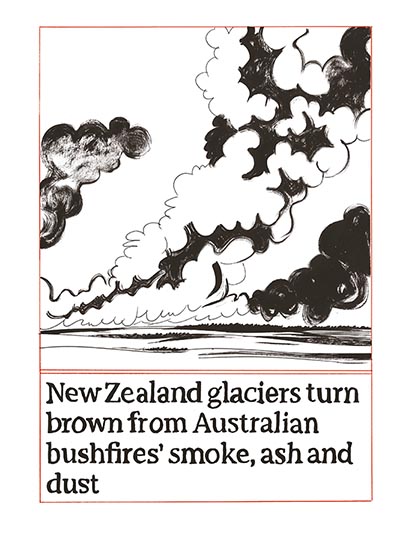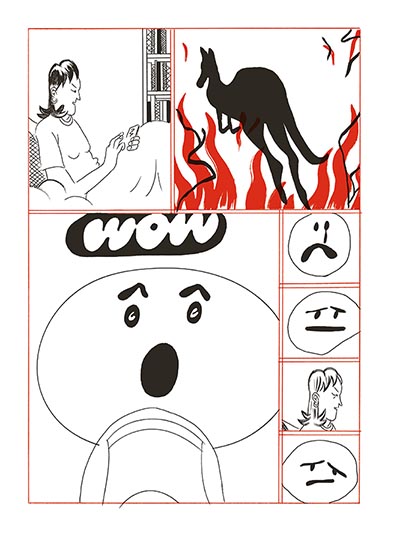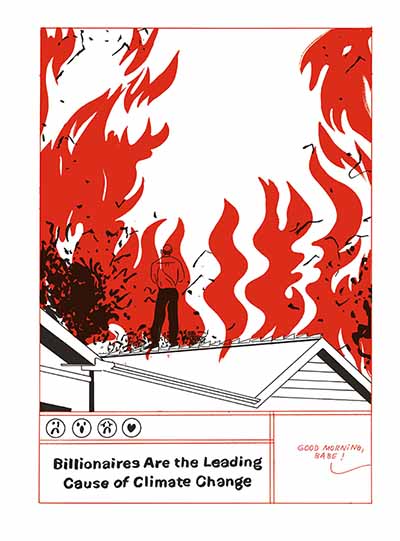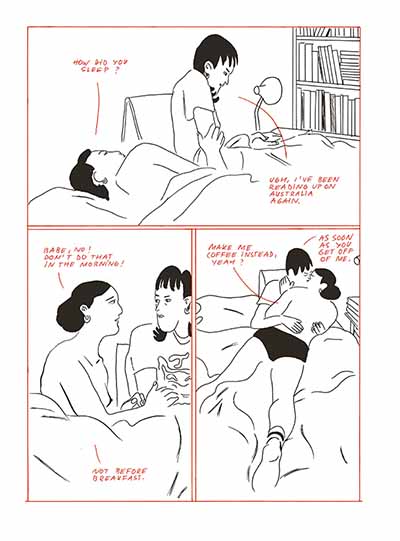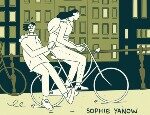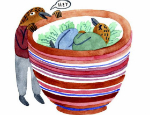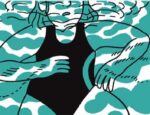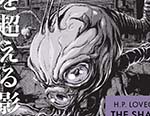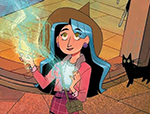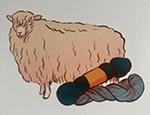“I look at the body as a place that is traversed and shaped by affects.” German writer and artist Nino Bulling said that to journalist Lars von Törne in Der Tagesspiegel a while ago, in response to a question about their latest book appearing to be more of a personal work. The book in question was Firebugs, first published as abfackeln in 2022 as part of Bulling’s contribution to Documenta fifteen, a contemporary art exhibition held in Kassel. The interview also touched upon a blurring of lines between political and personal themes, and emerging controversies related to trans identities.
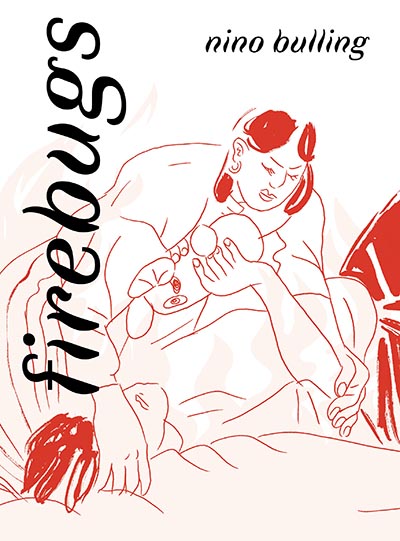
Firebugs is about Ingken, who doesn’t feel like a woman, but can’t pinpoint the source of their perennial sadness. Their girlfriend Lily empathises with this conflict but struggles to find a way of helping that is meaningful. As the couple try and navigate their way through this existential crisis, there are reminders of other structures breaking down in nature as the effects of climate change manifest themselves on the front pages of newspapers. The fires are a metaphor for something that isn’t quite right, and Ingken’s relationship with their body personifies that imbalance.
Ingken and Lily’s relationship plays out over three seasons—spring, summer, and fall—with winter left as an unanswered question, open to all possibilities. What Bulling does, by focusing on these two protagonists and the queer community members that swirl in their orbit, is address larger issues about what it means to be an individual in a deeply divided world. It is telling, then, that part of Bulling’s Documenta fifteen submission also focused on right-wing terror, given how those groups have weaponised not just global warming but the notion of gender itself, as part of larger wars on culture.
Books like Firebugs are more important than ever, given how the notion of identity has increasingly been drawn into debates about governmental overreach, and whether society needs to have a say about gender or sexuality. A Pew Research Center survey from 2022, for example, revealed the complex views of Americans on gender identity and transgender issues, most of which were driven by what politicians in that country were saying or doing. These debates have begun to play out with increasing frequency in other parts of the developed world. Voices like Bulling’s may bridge a widening gap between what people believe and how they would like to advance legislation to support those beliefs.
This is a book that requires multiple readings because there is so much one can take away from it. For example, the art is fluid, refusing to conform not only while framing inanimate objects but also while focusing on the contours of human bodies. There is beauty here, but it is never obvious. Even the dialogue is sparse, with a lot that is left unsaid for the reader to fill in. It is also interesting to note that Bulling’s colour palate replicates firebugs, the common insect known to scientists as Pyrrhocoris apterus.
Fire can destroy as well as create. The wildfires that continue to burn symbolise a world going wrong, but they also represent a yearning on the part of Ingken to strip themselves of everything that feels alien to their body. Lily and Ingken’s relationship eventually breaks down, but this isn’t portrayed as a tragedy. It feels as if Ingken, along with the reader, has simply broken through a wall and come out through to another side: a place of clarity.
Nino Bulling • Drawn & Quarterly, $26.95
Review by Lindsay Pereira





